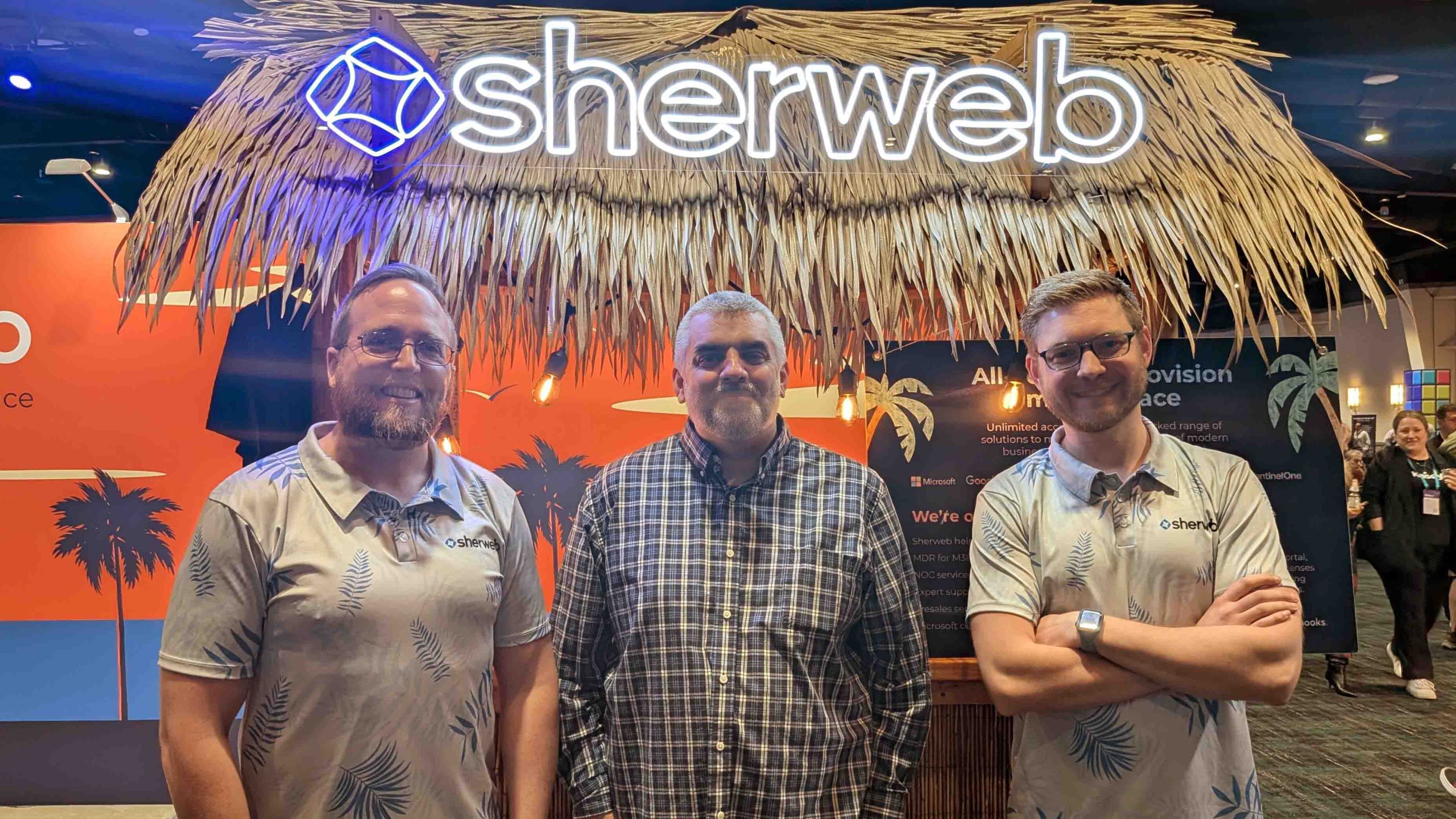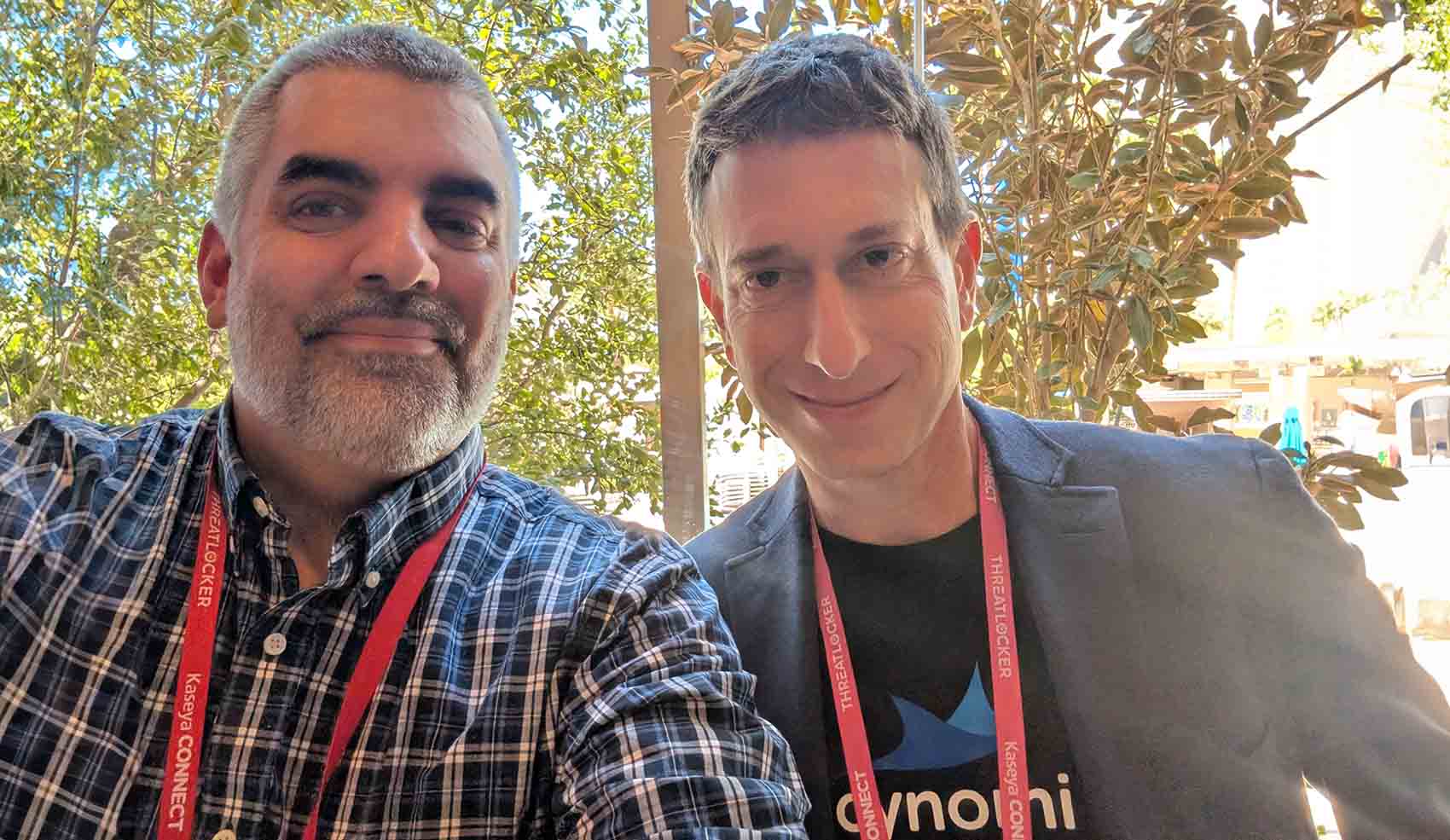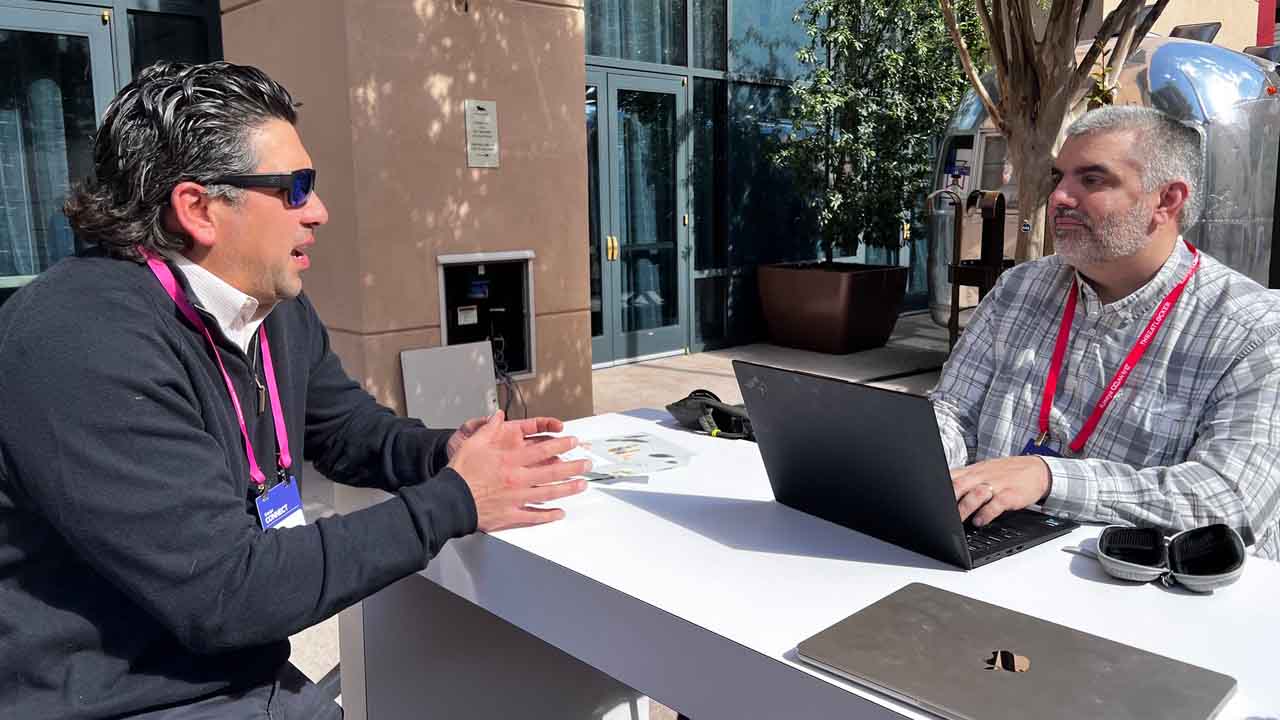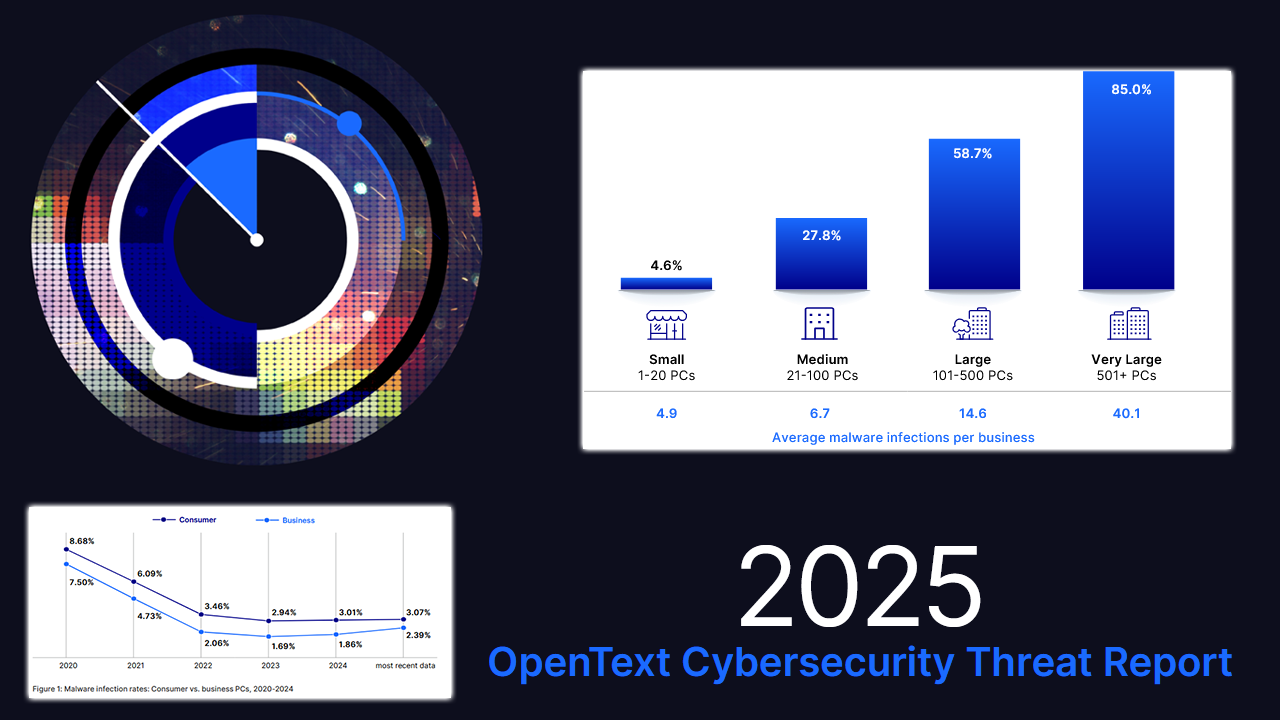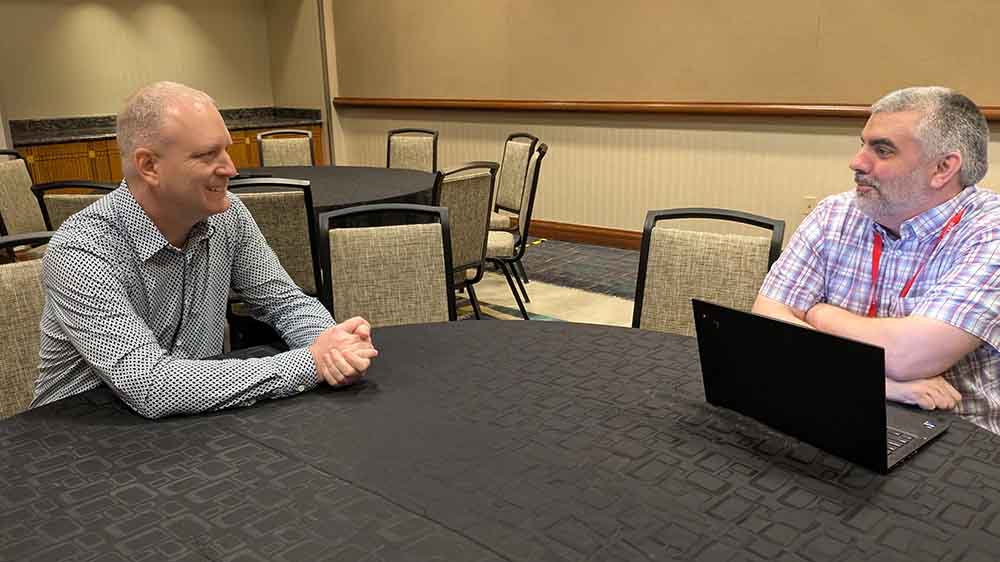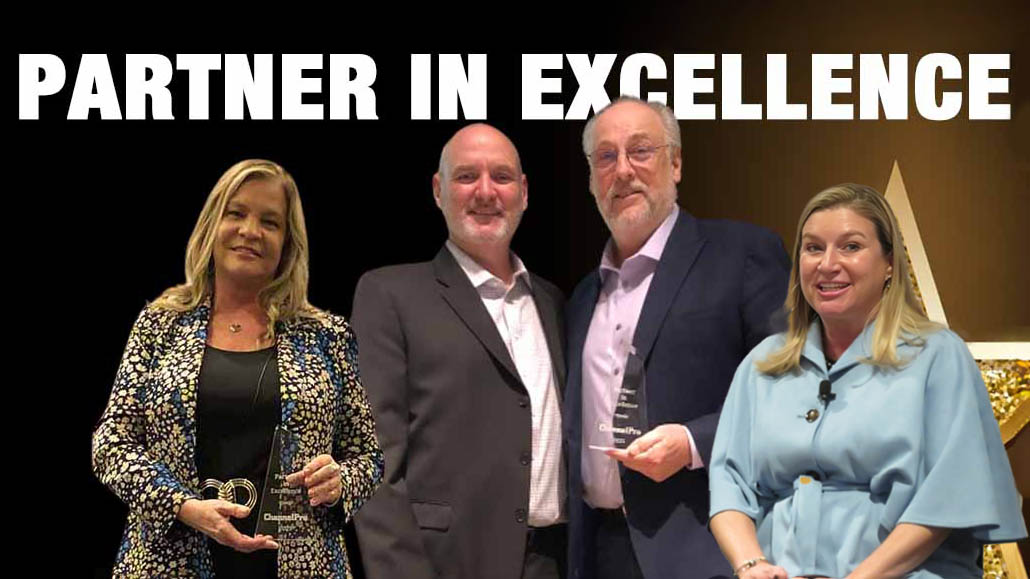THE IT INDUSTRY—which skews predominantly male—is particularly challenged to create a gender-diverse workforce. Given that it’s hard enough to find qualified candidates in general in this tight labor market, recruiting women is especially daunting. Yet the effort to hire and promote women is well worth it for the channel, advocates say, given the need now and for the foreseeable future for an ever-expanding pool of IT talent and the benefits reaped from a diverse workplace.
Indeed, research provides compelling evidence that gender diversity is great for the bottom line. According to McKinsey & Company, organizations in the top quartile for gender diversity are 15% more likely to have financial returns above the median for their industry. A study by the Boston Consulting Group reveals that companies with above-average diversity on their management teams reported 19% higher innovation-related revenue than companies with below-average leadership diversity. In addition, innovation at diverse companies accounted for 45% of total revenue compared to just 26% at more uniform companies.
“Having a more diverse team leads to a broader set of ideas and inputs that ultimately brings more innovation,” says Tamara Prazak, director of channel strategy and marketing at Cyxtera Technologies, a data center colocation company. Prazak also serves on the leadership team at Cloud Girls, a nonprofit community of women technology advocates.
In effect, gender diversity can lead to a better understanding of a company’s customers and more relevant products and services as well, according to Amy Kardel, vice president of strategic workforce relationships at CompTIA, the computing industry association based in Downers Grove, Ill. “A gender-diverse IT company is more reflective of the client base,” says Kardel, who is also co-founder of Clever Ducks, an IT services provider in San Luis Obispo, Calif. “If you’re looking at who your clients are, and not matching them in demographics, you’re missing the boat in understanding them.”
Catherine Ashcraft agrees. “It’s important to have the people inventing technologies be as diverse as the people that need, use, and benefit from technologies,” stresses Ashcraft, senior research scientist at the National Center for Women & Information Technology, a nonprofit advocacy group in Denver.
Gender diversity creates a more satisfying work environment too, according to Amy Bailey, vice president of marketing at telecom master agent Telarus, and current president of the Alliance of Channel Women. “If I walk into an organization with people who have similar backgrounds to me, it just feels more cohesive to me as a place to work,” she says. That comfort level translates into “better sales, better transactions, and better long-term customer retention, as well as employee retention,” she says.
Having happy employees often leads to more productivity and longevity as well—metrics that deliver financial benefits to organizations.
Filling the Pipeline
The struggle to fill the IT industry’s ranks with women starts with the pipeline. “Among the biggest challenges to achieving gender diversity in IT is lack of a large candidate pool of women in IT, which only shrinks as the level of responsibility increases,” says Cyxtera’s Prazak.
Dawn Sizer, CEO of 3rd Element Consulting, an MSP in Mechanicsburg, Penn., agrees. “There are plenty of women in sales and marketing in tech, but actual existing technical staff are hard to find, especially when you’re trying to hire,” she says. In her 15-year career at 3rd Element, Sizer estimates she gets one resume from a woman for every 50 she receives from men. (For tips on seeking female candidates, see “”Recruiting Outside the Box.””)
Cloud Girls aims to address this issue in part through various initiatives aimed at getting girls in elementary school and beyond interested in technology. According to Sizer, better PR messaging can also help.
“To encourage girls and women to go into IT, we need to look at this from a different angle,”” she says. Many girls and women are drawn to helping professions—traditional vocations like nursing and teaching. At its essence, Sizer believes IT helps people, whether it’s with running their businesses, streamlining their personal lives, or improving how they manage day-to-day tasks. “If we can find a way to relate the idea that tech helps people, I think we can steer many girls and even some women who are out in the workforce right now into tech careers,” Sizer says.
Changing the Culture
For Ashcraft, however, focusing exclusively on the pipeline provides cover for another more insidious issue: the culture. “Companies do want to turn to the pipeline as the primary excuse, but we know that in the tech industry cultures are broken,” she says. Women often find tech cultures unwelcoming and not inclusive—a prime reason, says Ashcraft, why women leave their jobs in tech at twice the rate of men.
“It’s pointless for companies to focus on the pipeline if they are not working on their internal culture at the same time,” she says. “Even if you’re successful at getting women hired, they are likely to leave unless the culture is addressed.”
Workplace staples such as opportunities for advancement, competitive pay, and flexible schedules that support work/life balance are merely table stakes to get women on the payroll. To keep them onboard, Ashcraft points to the need to address a more subtle cultural barrier that wears many women down over time: unconscious bias.
IT workforce culture can be geared toward men in ways ranging from whose voice is heard at meetings and who receives credit for accomplishments, to who gets interrupted and who gets the prime assignments. Task assignment, in particular, is a subtle way to steer certain people into career paths, and Ashcraft maintains that it’s a reason why many women are unsatisfied with their IT careers.
To combat unconscious bias, managers need to be more intentional in communicating, training, and including women. The key to keeping women loyal and satisfied employees, Ashcraft says, is “addressing the barriers to make the culture more inclusive, where women can thrive, have their voices heard, and advance their careers.”
Image: iStock








